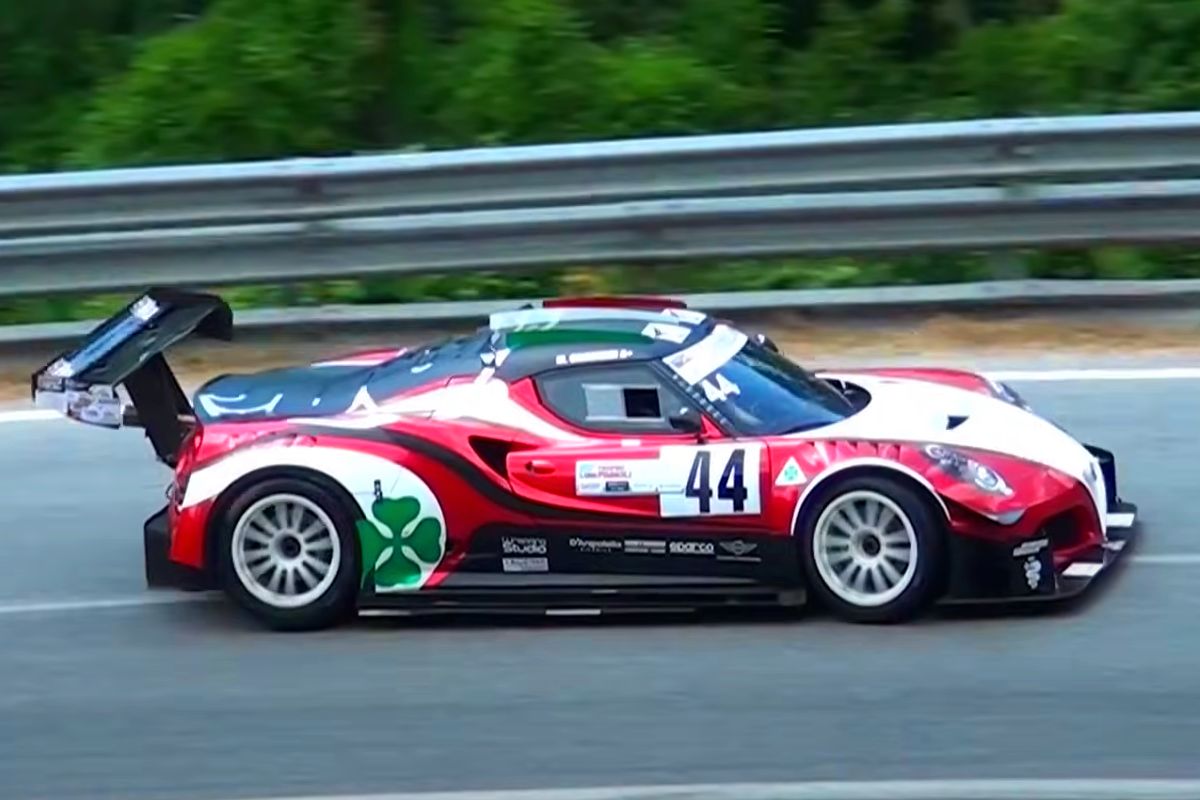
With its 1.75-litre turbocharged four-cylinder engine and an unladen weight of less than 900 kg, supported by a monocoque chassis, theAlfa Romeo The 4C has already demonstrated its impressive performance. However, for hill-climbing drivers, a standard 4C wasn't enough. For 8 years now, two rival models have been battling it out for supremacy in the E2SH category, both in Italy and in the European championships.
An Alfa Romeo 4C by Picchio with the king of the Alfa Romeo 155 at the wheel
At the outset, the project, which was born around 2014/2015, was supported by Picchio, an Italian manufacturer specializing in small prototypes. To pilot the beast, they enlisted Marco Gramenzi, a true transalpine legend. The Italian first made a name for himself in the world of hillclimbing by driving former 155 DTM/ITCs, which enabled him to repeatedly win his category in Italy and Europe. Between 2003 and 2015, he won 6 national titles in the Silhouette category. For the 2016 championship, Gramenzi puts aside the venerable 155 and switches to a completely bespoke Alfa Romeo 4C, produced by Picchio.
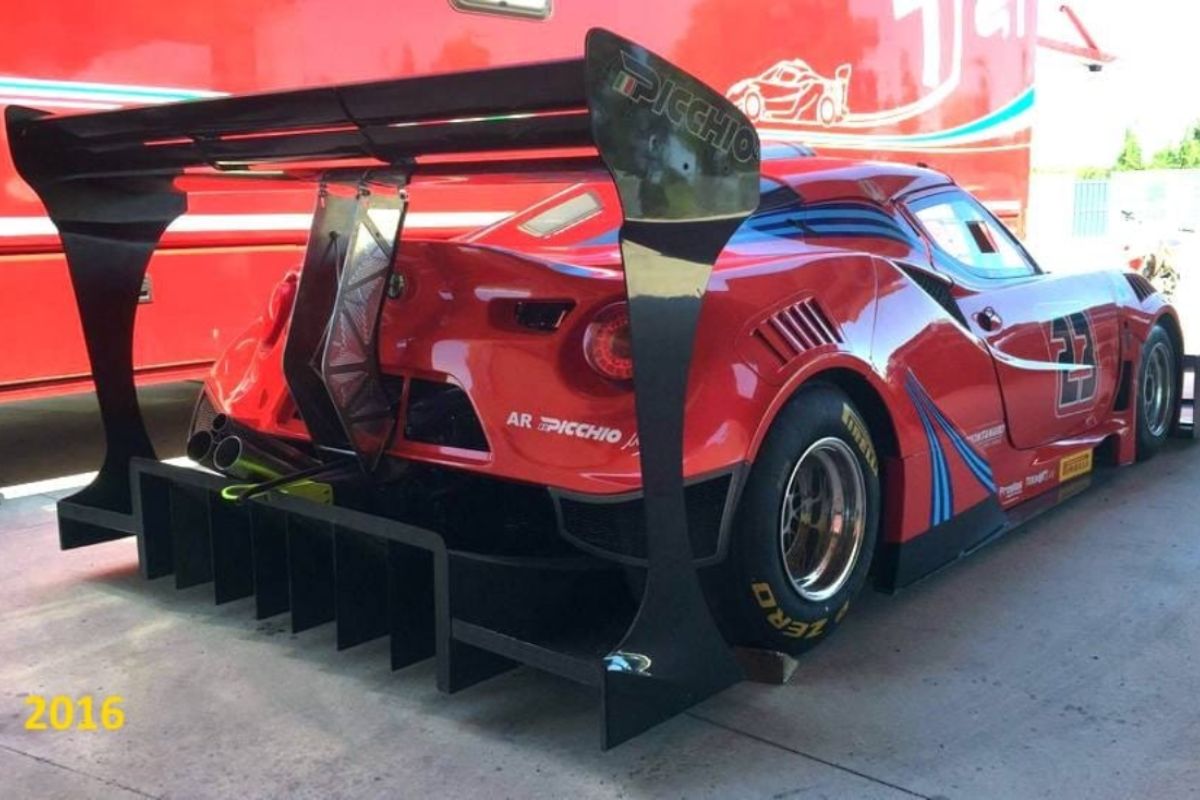
In the first version of this monster, the only original 4C parts are the carbon-fiber chassis and some exterior panels. The 1.75-liter engine has also been retained, but modified to deliver a rather impressive 500 hp at 8,200 rpm and 580 Nm of torque at 7,500 rpm. All this power is transmitted to the rear wheels via a Hewland sequential transmission.
Like most hill-climb cars, Picchio's 4C focuses on maximizing downforce, and thus adopts a radical look, in the spirit of what we see at Pikes Peak. Like a 4C on steroids, it features a massive rear spoiler and diffuser, all in one set to start with. There's also a splitter protruding from the front bumper, and a large air intake on the roof.
From 2017, after a first season of discovery, Marco Gramenzi decided to fly on his own wings, with a different technical approach as you'll see below with the "furore". Picchio's Alfa Romeo 4C evolves in depth, this time with Alessandro Gabrielli at the wheel. Modifications were stepped up, especially to the engine. Gone was the 1750 TBI, replaced by a two-liter turbocharged in-line four-cylinder AER from LMP2, housed in the rear axle of Picchio's mother's 4C.
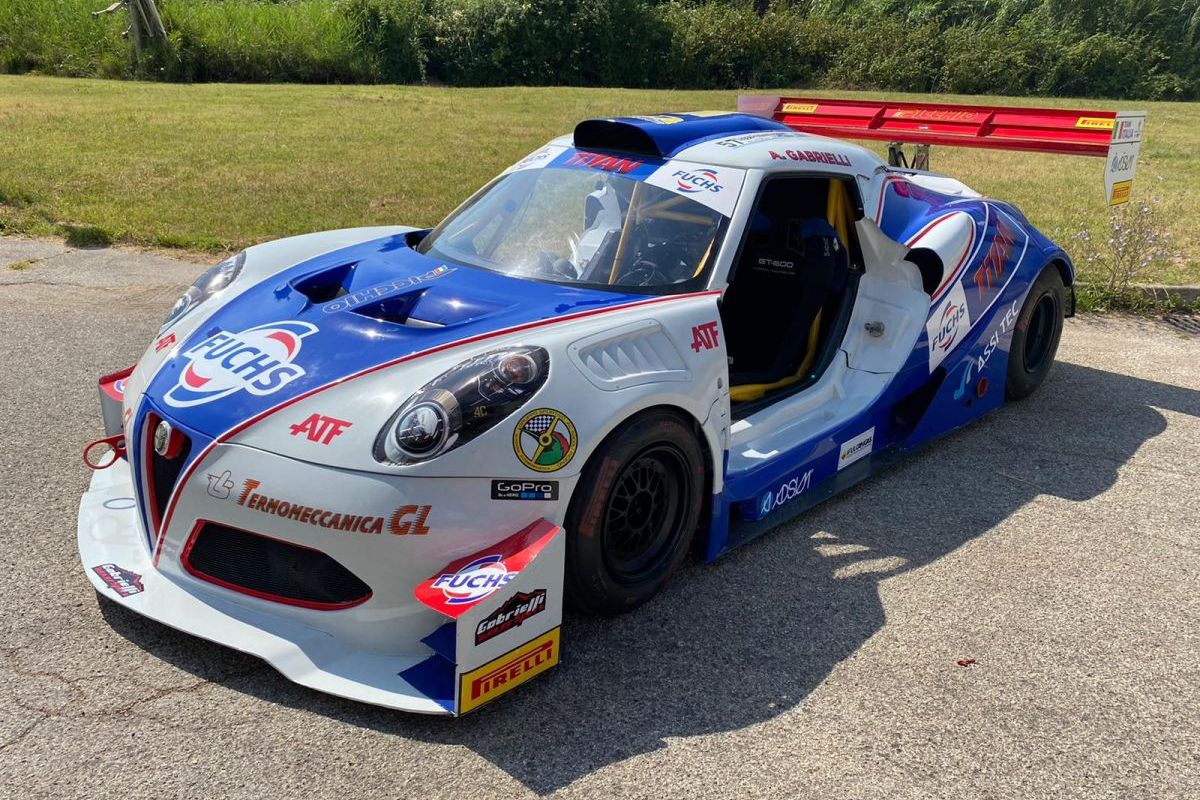
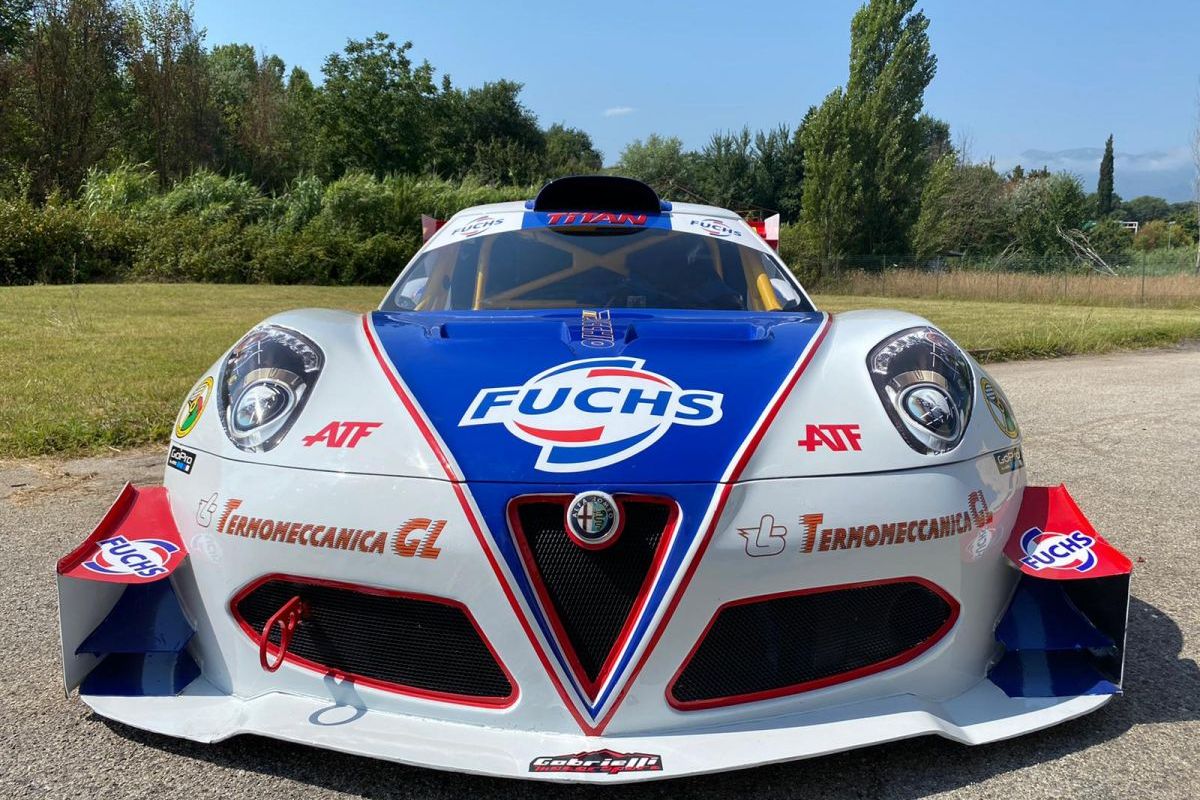
The engine is boosted to 600 and then 700 hp, while a new fiberglass hood, including the front and rear axles and doors, is fitted, saving around 20 kg. The new wheels are also larger. In addition to providing a more aesthetically pleasing appearance (the old wheels looked undersized with the aero kit), they will help improve overall bending and torsional rigidity in cornering, while reducing mass by a further 8 kg. The whole package has been reduced to 820 kilos. The result? The title in 2019 and 2021 in the E2SH class.
The 4C "furore"!
So in 2017, Marco Gramenzi opted for a different path, remaining purely atmospheric. The name? The MG-AR1 (for Marco Gramenzi Alfa Romeo), which soon became known also as the "Furore"! Unlike the turbocharged Picchio AER, this one was powered by a Zytek Judd V8, initially a 3-liter unit derived from the blocks used in the F3000. Compared with the Picchio of 2016, this MG-AR1 was lower, more aesthetically racy, with more aerodynamic development and tires increased to 18 inches. Power initially ranged from 475 bhp to 525 bhp at 9000 rpm.
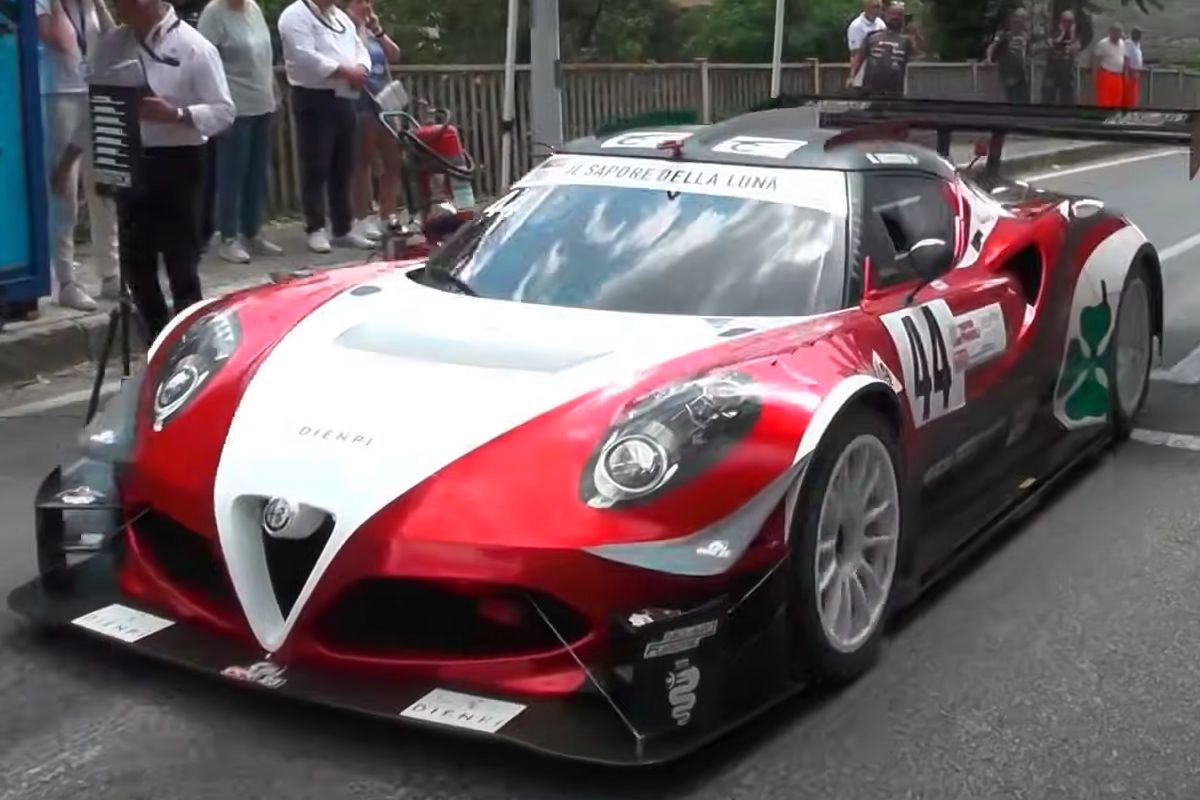
In 2021, a new engine evolution arrives with a more powerful 4-liter Zytek JUDD, derived from the LMP2, rated at 670 hp at 11,000 rpm! Despite the larger engine, the Furore still weighs in at under 800 kilos. The sound is absolutely demonic, like a real F1 car with a body! The result? Italian champion in 2020, 2022 and 2023 in the E2SH class.
In 2025, the Alfa Romeo 4C war continues!


El chasis del 4C está realizado por Dallara?, gracias por vuestra página y saludos desde Barcelona